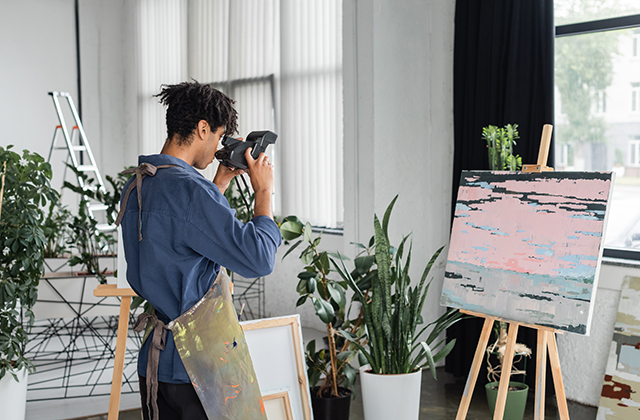
In the dynamic world of business and advertising, innovation is the key to staying ahead of the curve. With the advent of technology and changing consumer behavior, businesses are constantly seeking new and creative ways to capture the attention of their target audience. One such innovation that has gained traction in recent years is the use of mobile business signages, particularly in bustling metropolises like Sydney. This article explores the latest trends and innovations in vehicle signage in Sydney, highlighting how businesses are leveraging this medium to effectively reach and engage with their customers in the modern era.
Sydney, known for its vibrant streets and bustling traffic, provides a fertile ground for businesses looking to capitalize on the power of mobile advertising. In a city where millions of commuters and pedestrians traverse the streets daily, vehicle signage has emerged as a powerful tool for brands to increase visibility and create lasting impressions. From small startups to multinational corporations, businesses of all sizes are recognizing the potential of turning their vehicles into mobile billboards that can reach a captive audience on the move.
One of the most significant innovations in mobile business signages is the integration of advanced technology and design elements. Gone are the days of simple vinyl decals or painted logos on vehicles. Today, businesses in Sydney are embracing cutting-edge techniques such as digital displays, LED screens, and interactive projections to create captivating and dynamic advertisements on their vehicles. These innovations not only grab attention but also allow businesses to convey more information and engage with their audience in new and exciting ways.
Furthermore, advancements in printing technology have revolutionized the quality and durability of vehicle signage in Sydney. With the use of high-resolution printers and weather-resistant materials, businesses can now create stunning graphics and imagery that withstand the harsh outdoor conditions. Whether it’s a sleek wrap showcasing a brand’s logo and messaging or a creative mural that tells a story, vehicle signage in Sydney has evolved to become a powerful form of visual communication that leaves a lasting impression on viewers.
Another key innovation in mobile business signages is the emphasis on sustainability and eco-friendliness. As environmental consciousness grows among consumers, businesses in Sydney are seeking sustainable alternatives for their advertising efforts. From using eco-friendly materials for vehicle wraps to incorporating solar-powered LED displays, brands are aligning their advertising strategies with their commitment to environmental responsibility. Not only does this resonate with environmentally conscious consumers, but it also enhances the brand’s reputation as a socially responsible entity.
In addition to technological advancements and sustainability initiatives, the customization and personalization of vehicle signage have emerged as significant trends in Sydney’s advertising landscape. Businesses are leveraging data analytics and consumer insights to tailor their messaging and design elements to specific target demographics. Whether it’s adjusting the color scheme to appeal to a certain age group or incorporating localized content to resonate with the local community, personalized vehicle signage allows businesses to establish a deeper connection with their audience and drive engagement.
Moreover, the integration of mobile and digital platforms has opened up new opportunities for businesses to amplify the reach and impact of their vehicle signage campaigns. Social media platforms, in particular, have become powerful tools for businesses to extend the reach of their mobile advertisements and foster user engagement. By leveraging hashtags, geotagging, and user-generated content, businesses can create buzz around their vehicle signage campaigns and encourage consumers to interact with their brand online.
As we look towards the future, the innovations in mobile business signages are poised to continue evolving and shaping the advertising landscape in Sydney and beyond. From the seamless integration of technology and design to the emphasis on sustainability and personalization, businesses are leveraging these advancements to create impactful and memorable experiences for their target audience. In a world where capturing attention is more challenging than ever, mobile business signages offer businesses in Sydney a unique opportunity to stand out and leave a lasting impression in the minds of consumers. Visit us for advertising your small business in the form of vehicle.








